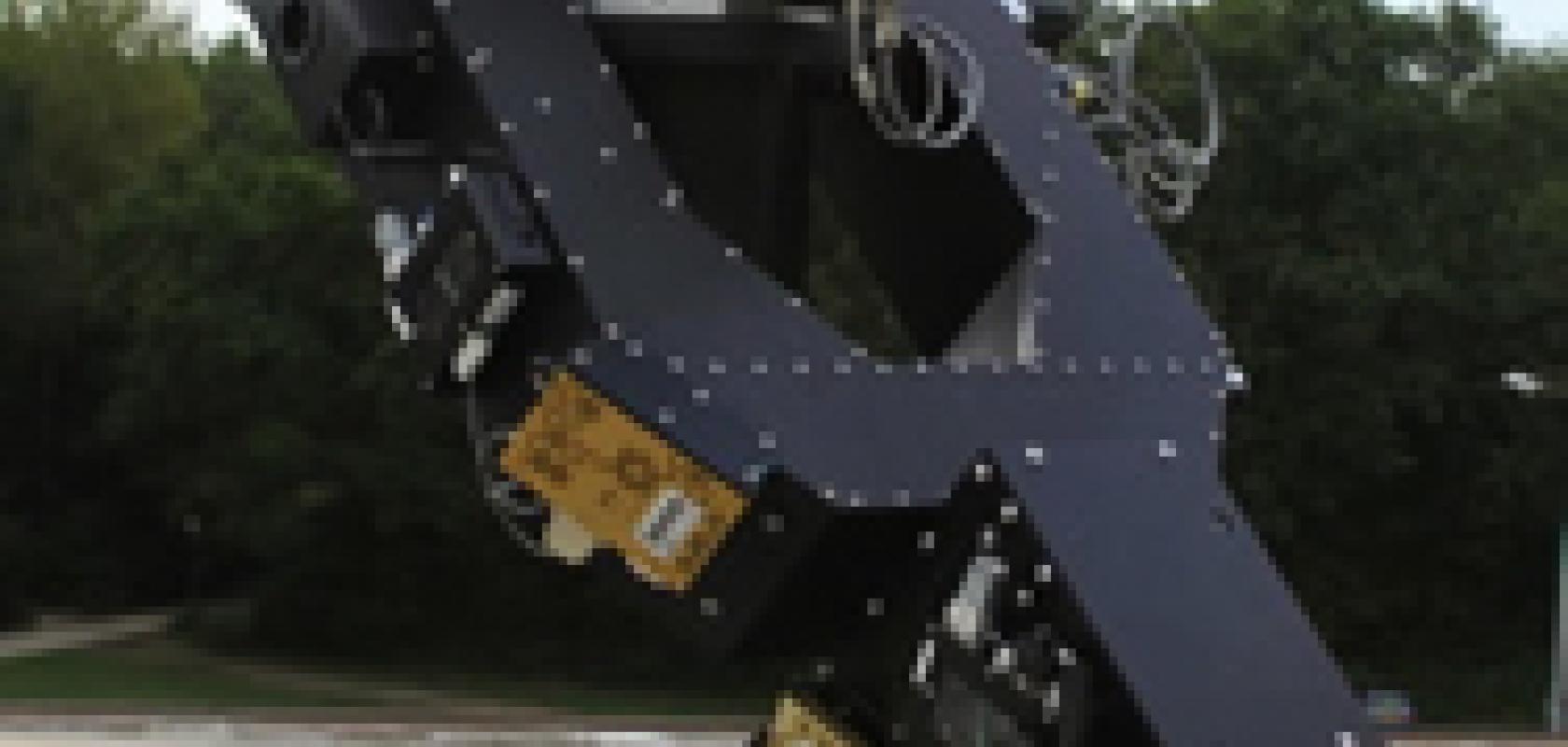High-performance digital cameras from Andor are to be part of a telescope array studying the sky for Earth-like exoplanets. The Next Generation Transit Survey (NGTS) is a 12-strong array of telescopes being built at the European Southern Observatory in Chile, and will be equipped with custom-designed, red-sensitive CCD cameras from Andor.
NGTS will extend the limits of detection of its predecessor, SuperWASP, from giant Jupiter-like planets into the Neptune and super-Earth regime.
SuperWASP (wide angle search for planets) has proven to be one of the most successful projects, finding more than a third of all confirmed transiting planetary systems through its two telescopes, each equipped with eight Andor iKon-L cameras.
'The rollout of the NGTS programme follows successful trials with two prototype instruments that demonstrated white noise characteristics to sub-mmag photometric precision,' said one of NGTS' principal investigators Peter Wheatley from the University of Warwick.
'Having had great success with the Andor cameras in SuperWASP, we chose to work with Andor on our NGTS camera. Our requirement was for large-format, deep depletion CCDs, but we were unaware of any manufacturer offering these off-the-shelf. However, Andor offer smaller format (1k x 1k pixel) deep depletion detectors as a catalogue item, so we paired up two of these for our prototype instrument we operated during 2010 before going ahead and ordering the custom units.'
The space-borne Kepler probe has shown that exo-Neptunes and super-Earths are very common but most of the examples found so far are too faint to be followed up to measure their composition and atmospheric properties. NGTS will search a sky area more than 16 times greater than Kepler, covering many more bright stars, to find planetary systems that are suitable for follow-up with larger telescopes.


